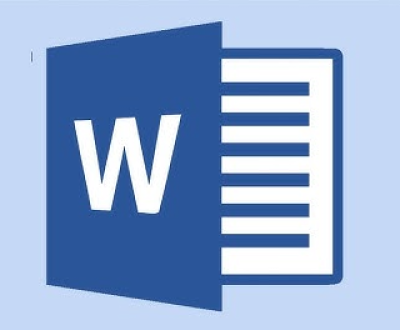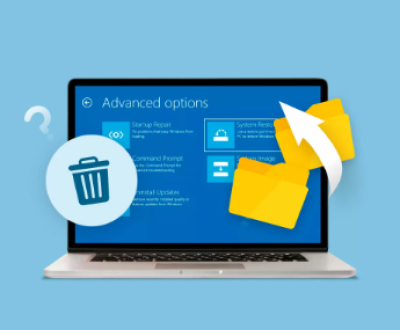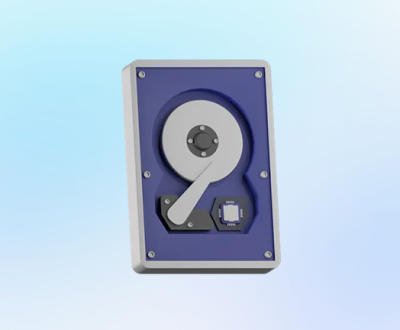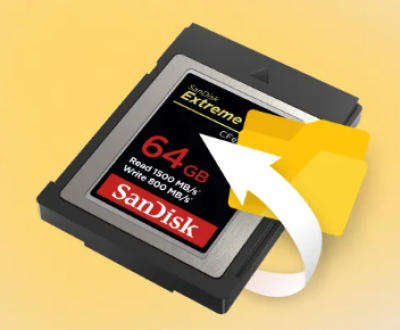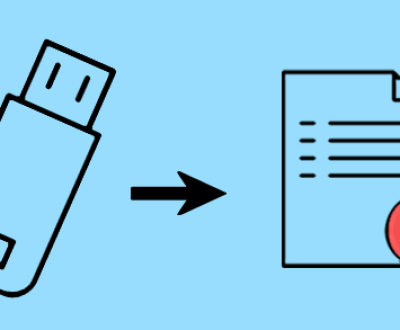Here are several methods to restore a deleted mailbox in Office 365. including using the Microsoft 365 admin center, PowerShell, and third-party tools.
Restore via Microsoft 365 Admin Center
Log in to the Admin Center: Sign in to the Microsoft 365 admin center with your administrator account.
Access Deleted Users: Navigate to “Users” and then click on “Deleted users”.
Select the User to Restore: Choose the user whose mailbox you want to restore.
Restore the User: Click the “Restore user” button. You may need to set a new password for the user. You can either use the auto-generated password or create your own.

Assign License: After restoration, make sure to assign an Office 365 license that includes Exchange Online to the user. Otherwise, the mailbox won’t become active.
Access the Mailbox: You can access the restored mailbox by logging in with the recovered user account. Alternatively, you can convert the mailbox to a shared mailbox by opening the Exchange admin center, expanding “Recipients”, clicking on “Mailboxes”, selecting the recovered mailbox, clicking “Others”, and choosing “Convert to shared mailbox”.
Restore with PowerShell
Install PowerShell Module: First, install the PowerShell Exchange Online module if you haven’t already.
Connect to Exchange Online: Open Windows PowerShell and run the commands to connect to Exchange Online.
Check Deleted Mailboxes: Use the command Get-Mailbox -SoftDeletedMailbox | Select UserPrincipalName, WhenSoftDeleted to view a list of soft-deleted mailboxes, which shows the user principal names and the deletion times.
Restore Mailbox and User Account: If both the mailbox and user account were deleted, use the Undo-SoftDeletedMailbox cmdlet. For example, Undo-SoftDeletedMailbox -SoftDeletedObject [email protected].
Restore Mailbox to Existing User Account: If the user account still exists and you need to recover the mailbox to it, specify the Microsoft account (Windows Live ID) and a new password. First, create a secure string for the password like this: $password = ConvertTo-SecureString -String ‘lazy pass!1010’ -AsPlainText -Force. Then, run the restore command: Undo-SoftDeletedMailbox [email protected] -WindowsLiveId [email protected] -Password $password.
Restore Mailbox Content to Another Mailbox: You can also restore the content of a deleted mailbox to an existing mailbox. First, get the GUIDs of the deleted and target mailboxes. Use Get-Mailbox -SoftDeletedMailbox | Select-Object Name, ExchangeGuid to get the GUID of the deleted mailbox and $targetmailbox = Get-Mailbox [email protected] | Select-Object Name, ExchangeGuid to get the GUID of the target mailbox. Then, use the command New-MailboxRestoreRequest -SourceMailbox -TargetMailbox $targetmailbox.ExchangeGuid -AllowLegacyDNMismatch -TargetRootFolder “Restored Mailbox” to restore the contents. You can check the progress of the restore request with the Get-MailboxRestoreRequest cmdlet.
Restore After 30 Days
Using Third-Party Tools: If the mailbox was deleted more than 30 days ago, the built-in restore options in Office 365 may not work. In this case, you can use third-party data recovery tools like AnyRecover or Systools Office 365 Backup & Restore Software. For example, AnyRecover is a full-featured data recovery tool that can recover various data formats. You need to select the location to restore data, scan the selected location, and then preview and recover the lost files.
Litigation Hold or In-Place Hold: If litigation hold or in-place hold was enabled on the mailbox before it was deleted, the mailbox data may still be recoverable. These holds retain mailbox data for a specified period, regardless of normal deletion processes. You can use PowerShell or the Exchange admin center to check and manage these holds.
Precautions and Considerations
Retention Period: In Office 365. deleted mailboxes are usually soft-deleted and retained for 30 days. After this period, they are permanently deleted and become much more difficult to recover.
Permissions and Licenses: When restoring a mailbox, ensure that the user has the appropriate permissions and licenses to access and use the mailbox.
Data Integrity: When using third-party tools or PowerShell to restore mailboxes, make sure to follow the instructions carefully to avoid data loss or corruption.
Regular Backups: It’s a good practice to regularly back up your Office 365 data to prevent data loss. You can use Microsoft’s built-in backup features or third-party backup solutions.
About us and this blog
Panda Assistant is built on the latest data recovery algorithms, ensuring that no file is too damaged, too lost, or too corrupted to be recovered.
Request a free quote
We believe that data recovery shouldn’t be a daunting task. That’s why we’ve designed Panda Assistant to be as easy to use as it is powerful. With a few clicks, you can initiate a scan, preview recoverable files, and restore your data all within a matter of minutes.
Subscribe to our newsletter!
More from our blog
See all postsRecent Posts
- How to recover deleted word document 2025-07-09
- How to recover deleted photos on sd memory card 2025-07-09
- How to recover completely deleted files 2025-07-09

 Try lt Free
Try lt Free Recovery success rate of up to
Recovery success rate of up to

